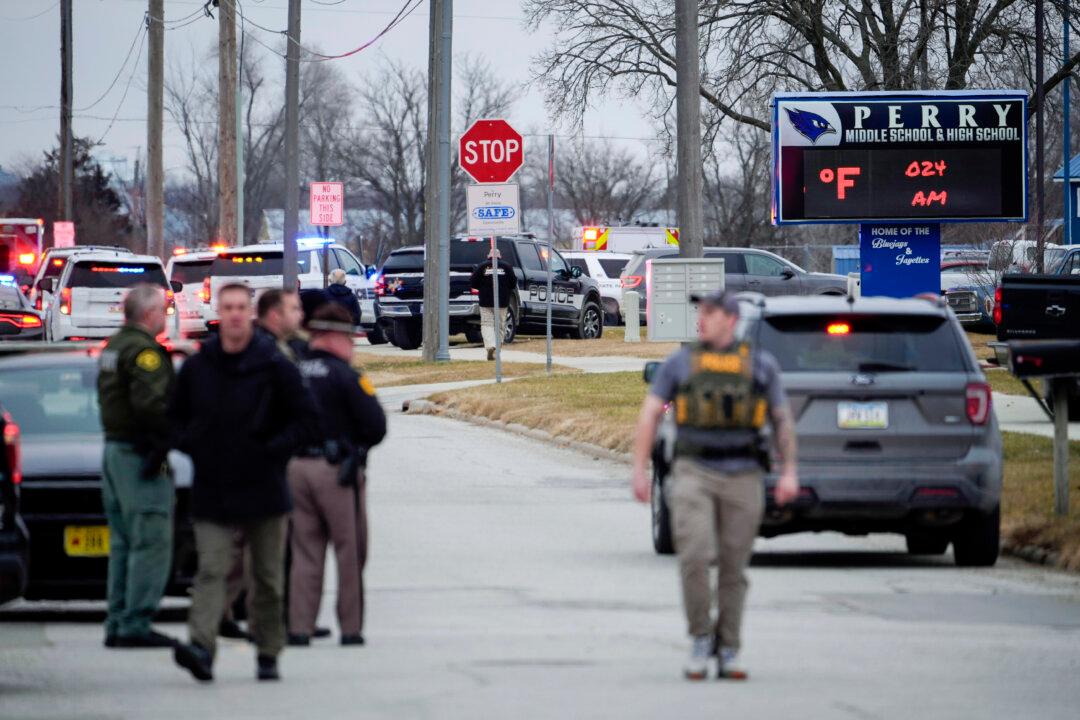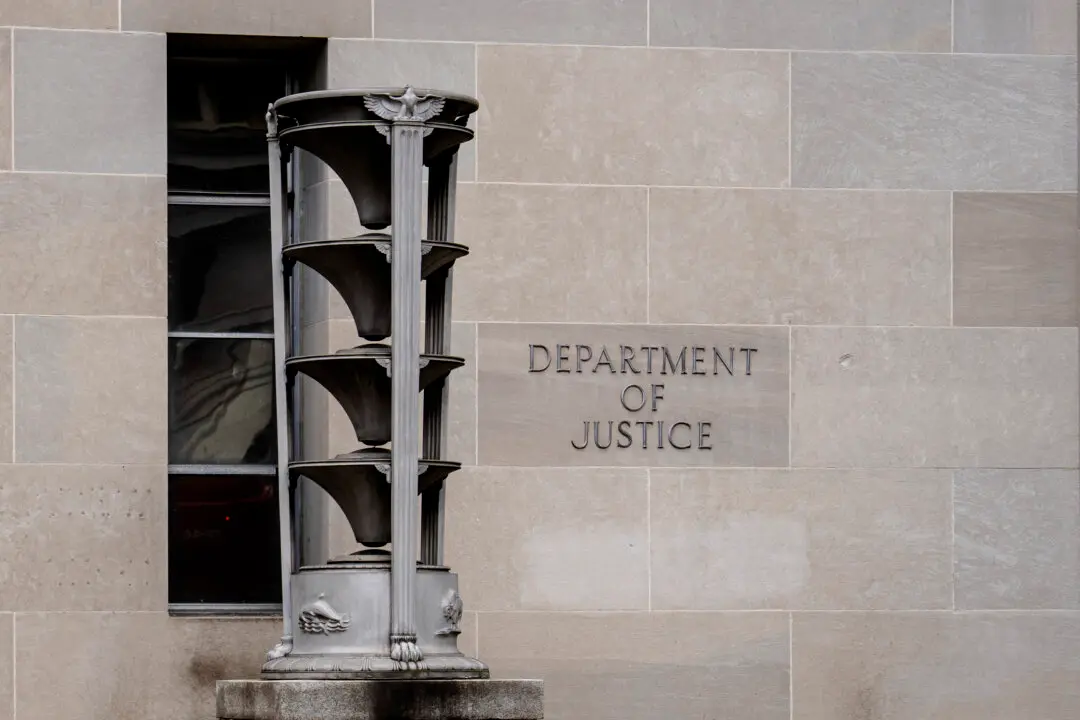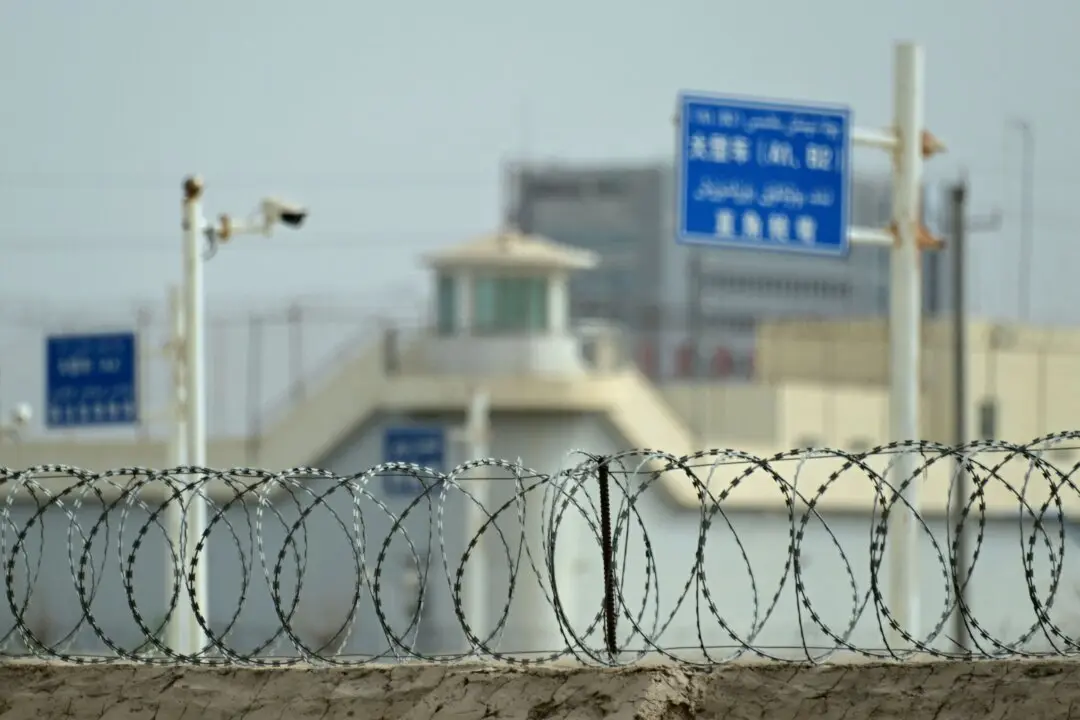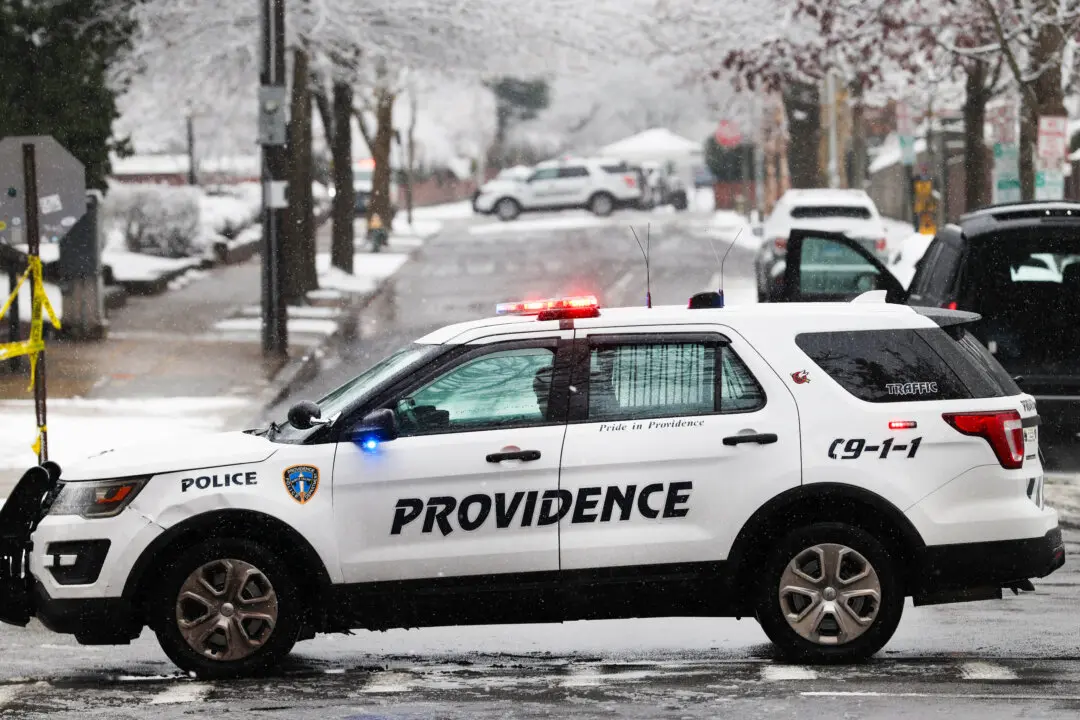The teenage shooter who opened fire at Perry High School in Iowa on Jan. 4 had likely shown “warning signs” prior to the attack and had a fascination with school shootings, according to state officials.
The Dallas County Attorney’s office released its investigation report on Oct. 17 detailing the timeline of the shooting that killed 11-year-old sixth grader Ahmir Jolliff and school principal Dan Marburger.





